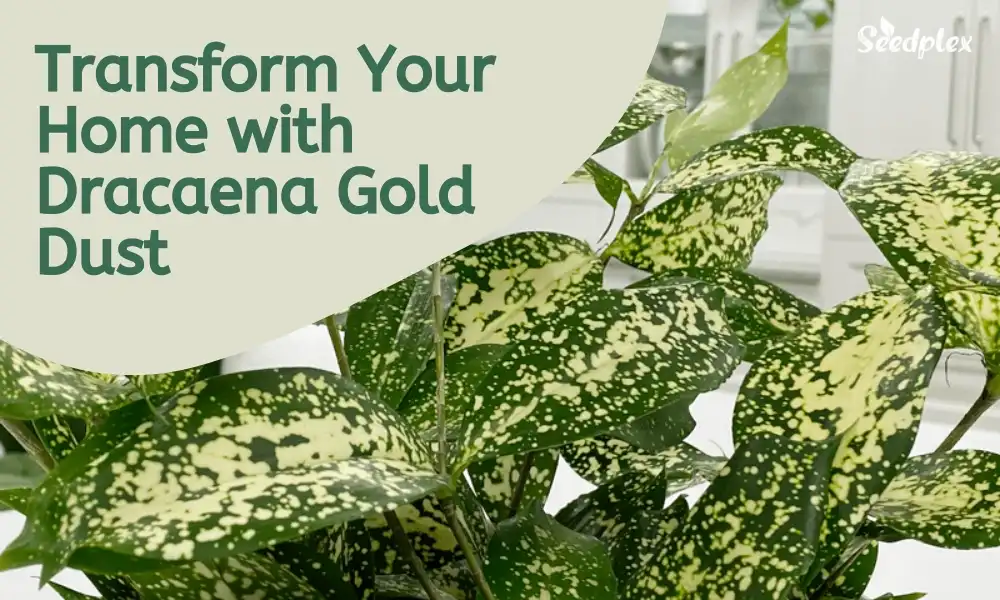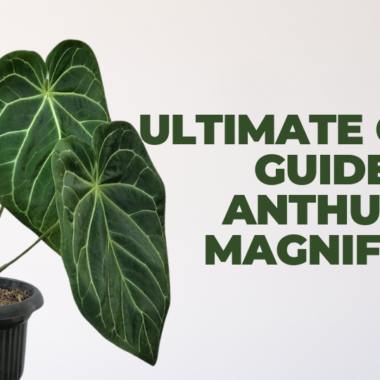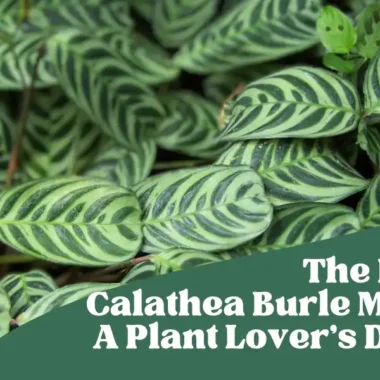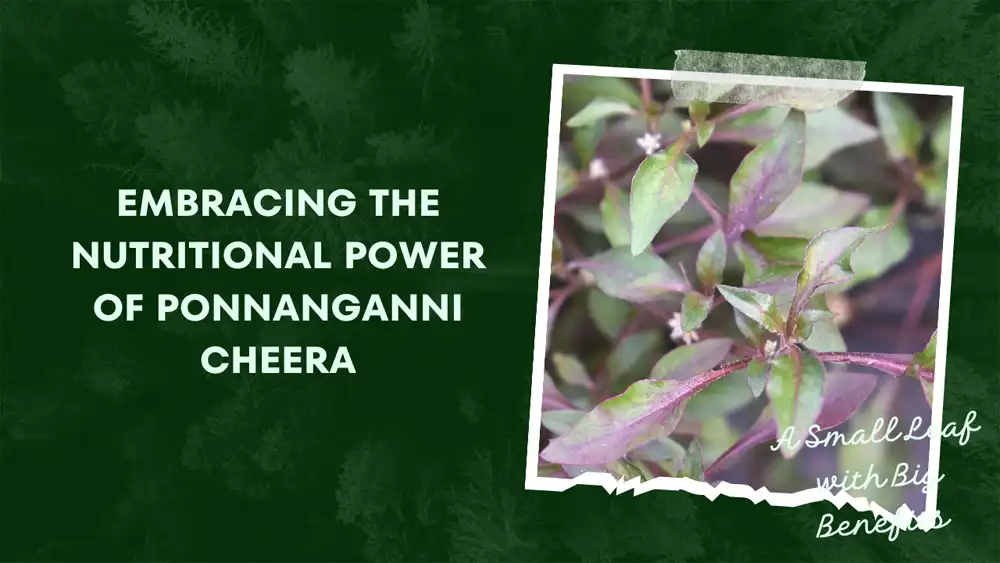Dracaena Gold Dust, scientifically known as Dracaena surculosa, is a visually captivating houseplant that stands out due to its unique foliage and adaptability. Belonging to the Asparagaceae family, this tropical plant is native to the African continent, particularly found in regions of Central and West Africa. Its enchanting appearance, characterized by speckled gold and green leaves, makes it a popular choice for both novice and seasoned plant enthusiasts. In this article, we will delve into the characteristics, ideal growing conditions, care requirements, common problems, and propagation techniques for the Dracaena Gold Dust.
Botanical Characteristics
Foliage
Dracaena Gold Dust is celebrated for its striking, lance-shaped leaves that can reach lengths of 6 to 12 inches. The leaves are dark green with beautiful golden speckles, which give the plant its common name. This unique coloration not only enhances its aesthetic appeal but also provides an intriguing contrast against other houseplants. The leaves are arranged in a rosette pattern at the end of upright stems, creating a bushy appearance that can add depth to any indoor garden.
Growth Habit
Typically, Dracaena Gold Dust grows to a height of 3 to 4 feet when nurtured properly. Its slow growth rate makes it a manageable option for indoor spaces. The plant develops a thick trunk-like stem as it matures, giving it a sturdy appearance. It can be grown in various forms, including single-stemmed or multi-stemmed, depending on pruning practices.
Ideal Growing Conditions
Light Requirements
Dracaena Gold Dust thrives in bright, indirect light but can tolerate low-light conditions as well. However, prolonged exposure to direct sunlight may scorch its leaves, causing unsightly brown spots. Ideally, place the plant near an east or north-facing window where it can receive filtered light. If natural light is limited, consider supplementing with fluorescent or LED grow lights.
Temperature and Humidity
This tropical plant prefers temperatures ranging from 65°F to 80°F (18°C to 27°C). Dracaena Gold Dust is sensitive to cold drafts and sudden temperature changes, which can stress the plant. Ensure that the environment remains stable, avoiding placement near air conditioning vents or drafty windows.
While it can tolerate average indoor humidity levels, higher humidity—around 50% or more—is beneficial for its overall health. If you live in a particularly dry climate, consider using a humidifier, misting the leaves, or placing the pot on a pebble tray filled with water to increase humidity.
Soil Requirements
A well-draining potting mix is crucial for Dracaena Gold Dust. A blend of standard potting soil with added perlite or coarse sand works well, ensuring proper drainage while retaining some moisture. Heavy or compacted soils can lead to root rot, so it’s important to choose a mix that allows for adequate aeration.
Watering Guidelines
Dracaena Gold Dust prefers to dry out slightly between waterings. It’s essential to water the plant thoroughly when the top 1 to 2 inches of soil feel dry to the touch. Overwatering can lead to root rot, so always ensure that the pot has adequate drainage holes. If the plant is left sitting in water, it can cause the roots to become mushy and lead to various health issues.
During the growing season (spring and summer), watering frequency may increase, while in the dormant months (fall and winter), reduce watering as the plant will require less moisture.
Fertilization
Feeding Schedule
To support healthy growth, Dracaena Gold Dust benefits from regular feeding during the growing season. A balanced liquid fertilizer diluted to half strength can be applied every 4 to 6 weeks. Look for fertilizers that are high in nitrogen, which supports lush foliage growth.
Nutrient Needs
Avoid over-fertilizing, as this can cause leaf burn and other nutrient-related issues. In the fall and winter, when the plant is dormant, it’s best to reduce or eliminate fertilization altogether.
Common Problems and Solutions
Pest Issues
Dracaena Gold Dust can be susceptible to common houseplant pests such as spider mites, mealybugs, and scale. Regularly inspecting the plant for signs of infestation, such as webbing, discolored leaves, or sticky residue, can help catch problems early. If pests are detected, treat them with insecticidal soap or neem oil for effective control.
Leaf Browning and Yellowing
Browning leaf tips or edges often indicate underwatering, low humidity, or excessive exposure to direct sunlight. To remedy this, adjust your watering schedule and consider increasing humidity around the plant. Yellowing leaves may indicate overwatering or a lack of nutrients, requiring adjustments in care.
Root Rot
Overwatering is a common issue that can lead to root rot. Symptoms include wilting leaves, a foul smell from the soil, and a mushy root system. If root rot occurs, remove the plant from its pot, trim away any rotten roots, and repot it in fresh, well-draining soil. Ensure that watering practices are adjusted to prevent recurrence.
FAQs
Q: How much light does Dracaena Gold Dust need?
A: Dracaena Gold Dust prefers bright, indirect light and should be kept in temperatures between 65-75 degrees Fahrenheit.
Q: How often should I water my Dracaena Gold Dust?
A: The soil should be kept moist but not soggy. Water the plant when the top inch of soil is dry.
Q: How often should I fertilize my Dracaena Gold Dust?
A: Fertilize the plant every two to three months with a balanced fertilizer.
Q: How big will my Dracaena Gold Dust get?
A: The Dracaena Gold Dust plant is a slow-growing evergreen shrub that can reach heights of up to three feet.







